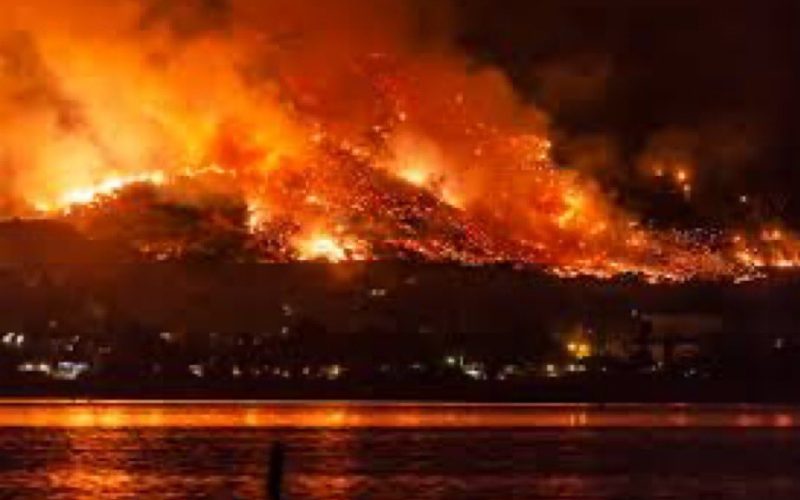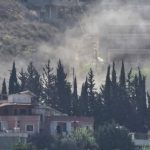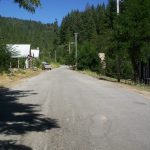Wildfires are wreaking havoc across the Carolinas, particularly in Polk County, North Carolina, where a mandatory evacuation was ordered on March 22, 2025. The North Carolina Department of Public Safety issued the evacuation notice at 8:20 PM, warning residents that visibility would be severely reduced and evacuation routes could become blocked. This urgent call to action emphasizes the potential dangers of remaining in the area, as officials stated, “If you do not leave now, you could be trapped, injured, or killed.”
The fires are part of a troubling trend in a region still grappling with the aftermath of Hurricane Helene, which caused extensive damage last September. The North Carolina Forest Service reported three active wildfires in Polk County alone, with two major blazes covering between 1.7 and 1.9 square miles (4.4 to 4.9 square kilometres). Additional fires have been reported in Burke and Madison counties, as well as Stokes County along the Virginia border.
In response to the escalating situation, South Carolina Governor Henry McMaster declared a state of emergency on March 22 for Pickens County due to the Table Rock Fire, which ignited within the picturesque Blue Ridge Mountains. This declaration allows for rapid mobilization of resources to combat the fire and protect lives and property. Local officials have also requested voluntary evacuations for residents near Table Rock Mountain as the fire continues to spread.
The impact of these wildfires is compounded by dry conditions and a state-wide burn ban instituted by both North Carolina and South Carolina due to ongoing drought conditions. The U.S. Drought Monitor has classified much of both states as experiencing moderate drought or abnormally dry conditions, creating an environment ripe for wildfires.
As firefighters battle these blazes, shelters have been established in Columbus, North Carolina, to assist those displaced by the evacuations. The situation remains fluid as emergency crews work tirelessly to contain the fires while ensuring public safety.
For more updates on this developing story and resources for those affected by wildfires, visit North Carolina Department of Public Safety and South Carolina Forestry Commission.





